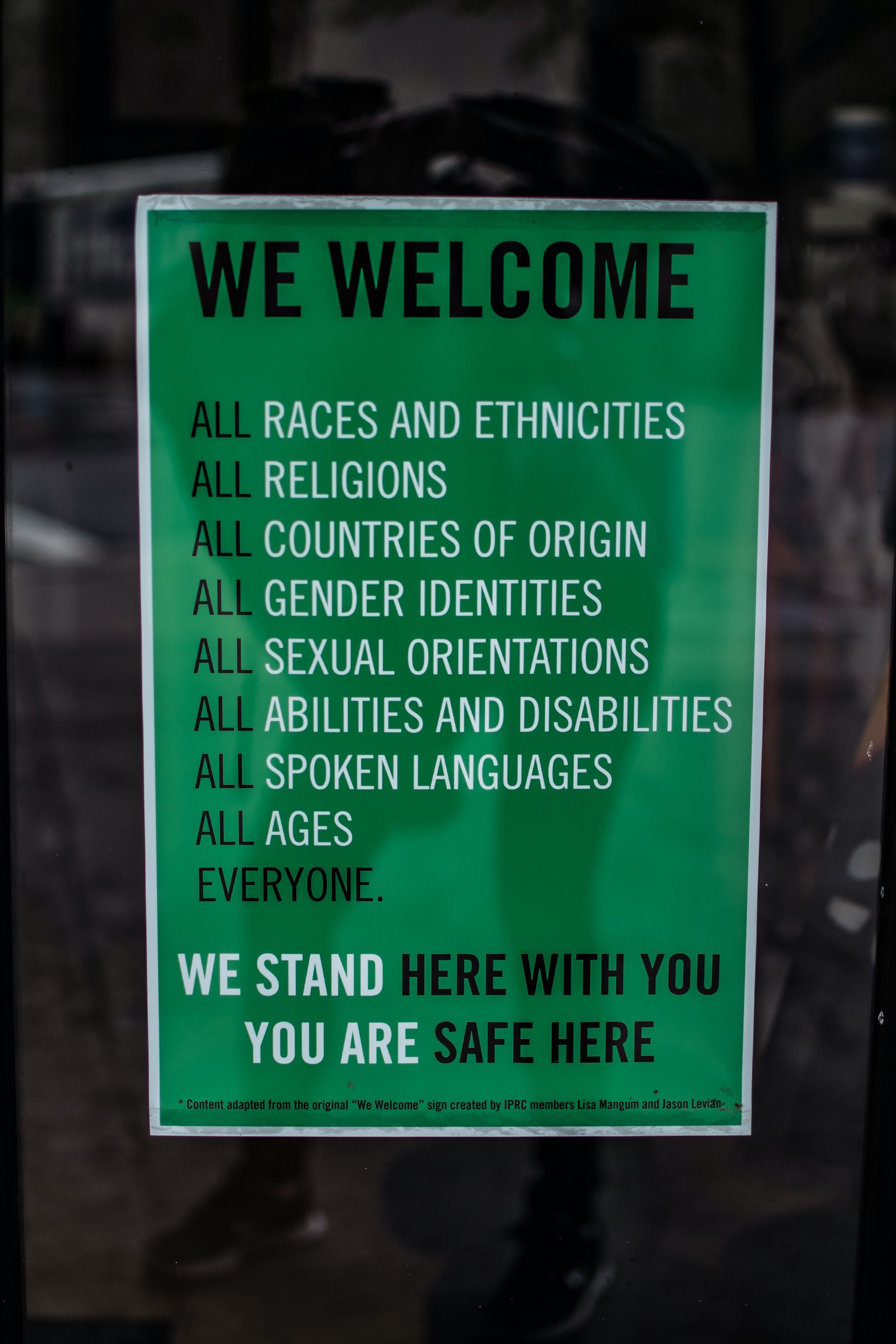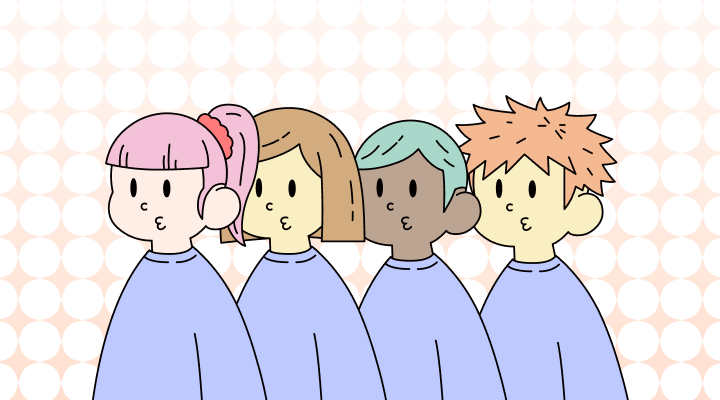Race and ethnicity are often used to describe and categorize groups of people based on shared characteristics and identities.
However, it's important to note that these terms can be complex and their meanings can vary depending on cultural, social, and historical contexts.

What is race?
Race is generally understood as a socially constructed concept that categorizes people into distinct groups based on physical characteristics such as skin color, facial features, hair texture, and sometimes genetic markers.
These physical characteristics are often used to group people into racial categories such as Asian, Native American, and more.
Important note
The concept of race has been historically used to justify discrimination, segregation, and unequal treatment of certain racial groups, thus it is important to emphasize that race is not a biological or genetic category; rather, it is a social construct that can vary across cultures and time periods.
Example sentence
- Race played a significant role in shaping the social hierarchy and access to resources during the era of slavery in the United States.
In this sentence, the word "race" is used to refer to the categorization of people into different racial groups based on physical characteristics such as skin color.
It highlights how these racial categories were instrumental in determining social status, privilege, and access to resources, particularly during the historical period of slavery in the United States.
What is ethnicity?
Ethnicity refers to a person's cultural identity, which may encompass shared cultural practices, traditions, language, religion, and historical experiences.
Unlike race, which is primarily based on physical attributes, ethnicity is based on shared cultural and social characteristics. People who share the same ethnicity may come from various racial backgrounds.
For example, individuals of different races may share the same ethnicity if they belong to the same cultural group (e.g., being Jewish, Irish, or Korean). Ethnicity is often self-identified, and individuals can belong to multiple ethnic groups or change their ethnic identity over time.
Example sentence
- Her ethnicity is Filipino, but she was born and raised in the United States, so she embraces both her cultural heritage and American identity.
In this sentence, the word "ethnicity" is used to refer to the cultural and ancestral background or heritage of an individual. It denotes the fact that the person has Filipino roots and cultural ties, even though she was born and grew up in the United States.
"Ethnicity" is employed here to emphasize the importance of cultural identity and how individuals may maintain a connection to their ethnic background while also adopting the cultural elements of the country where they were raised.
More example sentences
- Race is typically associated with physical attributes such as skin color, while ethnicity is linked to cultural characteristics like language and traditions.
- The concept of race often oversimplifies human diversity, as it categorizes people based on superficial physical traits.
- Ethnicity encompasses a broader range of cultural factors, including religion, customs, and shared history.
- In some societies, individuals of the same race may belong to different ethnic groups due to their cultural affiliations.
- The United States is a diverse nation, with people of various races and ethnicities living together.
- Discrimination can be based on both race and ethnicity, but they are not the same thing.
- Census data collects information on race and ethnicity to provide a comprehensive demographic profile of the population.
- Sociologists study the impact of race and ethnicity on social interactions and inequalities.
- People may identify with multiple ethnicities, reflecting their complex cultural backgrounds.
- Recognizing the distinction between race and ethnicity is crucial for promoting inclusivity and addressing discrimination.
Practice Questions
Exercises:
Exercise 1: True or False?
Indicate whether the following statements are true (T) or false (F) regarding race and ethnicity.
- ____ Race is primarily concerned with physical characteristics.
- ____ Ethnicity involves cultural aspects such as language and traditions.
- ____ Race and ethnicity are always the same for an individual.
- ____ Ethnicity is about where a person's ancestors came from.
- ____ People of the same race always share the same ethnicity.
Exercise 2: Fill in the Blanks
Complete the following sentences by filling in the blanks with the appropriate word: "race" or "ethnicity."
- Race/Ethnicity refers to physical characteristics, while race/ethnicity is related to cultural identity.
- My race/ethnicity is Asian, but my race/ethnicity is Chinese.
- People of the same race/ethnicity may have different race/ethnicity based on their cultural background.
- She is proud of her race/ethnicity and enjoys celebrating her cultural traditions.
- Race/ethnicity can be a useful tool for understanding genetic diversity, while race/ethnicity helps us understand cultural diversity.
Discover more about the AI English proofreader, Engram!

Answer key:
Exercise 1:
- T
- T
- F
- T
- F
Exercise 2:
- Race, ethnicity
- Race, ethnicity
- Race, ethnicity
- Ethnicity
- Race, ethnicity
Reference














